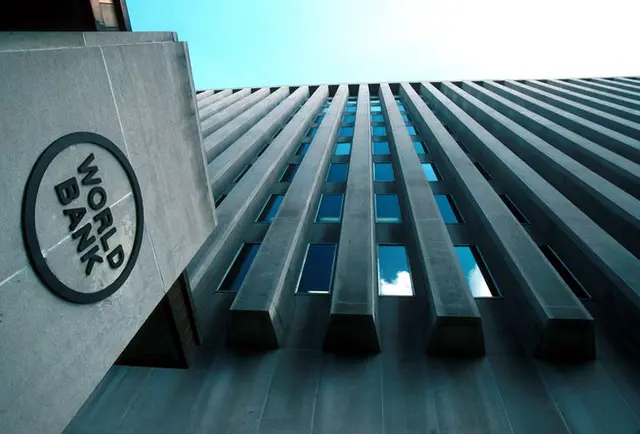By APD writer Melo M. Acuña
MANILA – The most recent pandemic brought about by COVID-19 resulted in a triple shock to developing East Asia and Pacific region (EAP) according to the World Bank. In a briefing from Washington, it said the shock includes the pandemic itself, the economic impact of strict quarantine measures as well as the after-effects from the global recession.
From the region where the COVID-19 originated, has to date suffered less from the disease than other parts of the world. Countries that have controlled the spread of the disease to date used a combination of strict mobility restrictions, widespread testing-based strategies and information programs to encourage precautionary measures.
The World Bank said the pandemic and efforts to contain its spread led to a significant reduction in economic activities. Country outcomes were generally related to how efficiently China contracted by 1.8 percent in the first semester of the year and by 4.0 percent on average in the rest of the region.
The containment of the disease in several countries has led to the revival of domestic economic activity. However, the region’s economy is heavily dependent on the rest of the world. Trade is beginning to revive as global economic activity has returned to the region, there exists global uncertainty that inhibits domestic and foreign investment. Tourism is seen to remain subdued.
The region is expected to grow by 0.9 percent this year, the lowest rate since 1967. China is forecast to grow by 2.0 percent in 2020 because of government spending, strong exports and a low rate of new COVID-19 infections since March but hindered by slow domestic consumption, the rest of East Asia and pacific region is project to contract by 3.5 percent.
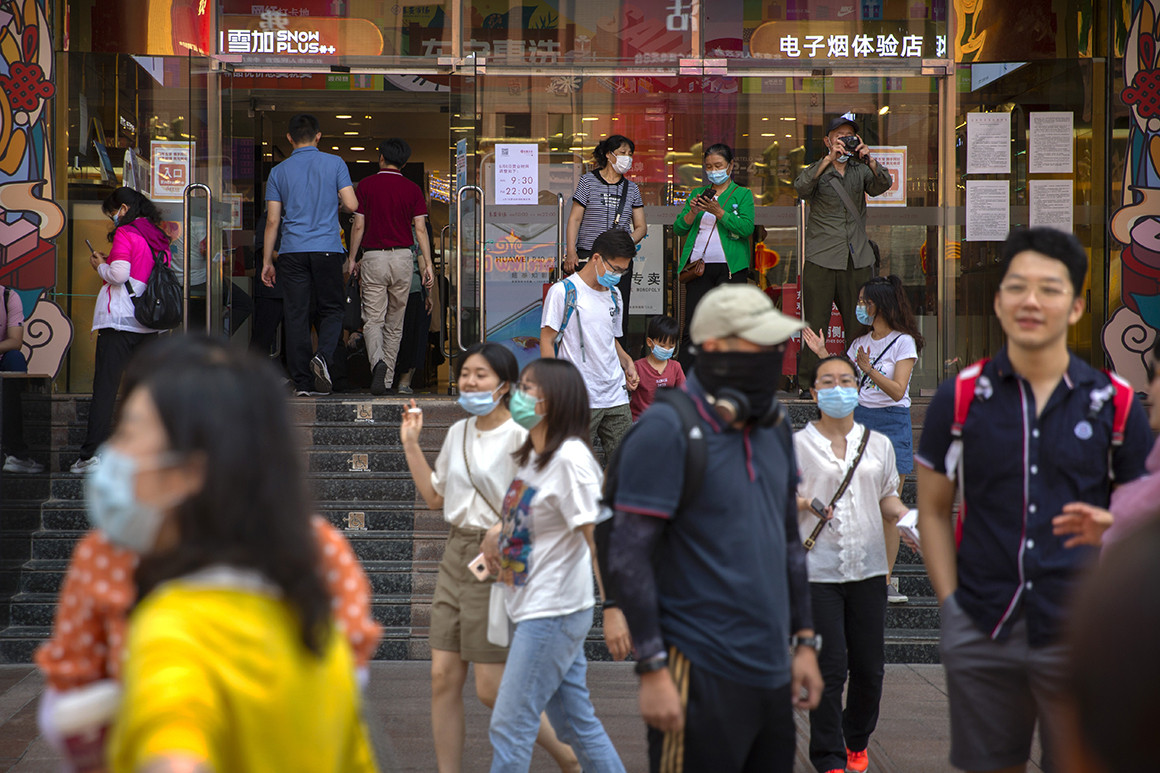
However, prospects for the region next year remain bright, with grown expected to be 7.9 percent in China and 5.1 percent in the rest of the regi9on, according to the assumption of continued recovery and normalization of activity in major economies, associated with the possible arrival of a vaccine. The output is projected to remain well below the pre-pandemic projections for the next two years. The outlook is particularly dire for some highly-exposed Pacific Island Countries (PIC) where output is projected to remain about 10 percent below pre-crisis levels until next year.
The pandemic has seriously affected the underprivileged as it has created a class of “new poor.” The number of people living in poverty in East Asia and Pacific is projected to increase by about 38 million this year, including 33 million who would have escaped poverty and another 5 million pushed back into poverty with a poverty line of US$5.50/day based of 2011 Purchasing Power Parity (PPP).
According to the World Bank Chief Economist for East Asia and the Pacific Aaditya Mattoo, China and Viet Nam will both have a V-shaped recovery trajectory for their successful efforts in controlling COVID-19.
The same report said employment and earning impacts of the pandemic have been “large and widespread.” Firm sales in some EAP countries were 38 to 58 percent lower in April or May 2020 compared to the same month in the previous year. Larger companies seem to be recovering faster than small and medium-sized enterprises. SMEs both more vulnerable to the crisis and less able to adapt by going digital. It added both wage employees and those working in family businesses have all experienced a significant decline in incomes.
Countries in East Asia and Pacific have, on average committed about 5 percent of their GDP to improve health systems and help households to enliven consumption and help first to avoid bankruptcy. They noted several countries had difficulties in scaling up their narrow social protection because they spent less than 1 percent of GDP. With the increased spending, the report found in some countries, assistance has so far reached less than one-fourth of households whose incomes fell and only 10-20 percent of companies reported receiving assistance since the pandemic began.
School closures due to COVID-19 could result in a loss of 0.7 learning-adjusted years of schooling in EAP countries. The average student in the region could face reduction of 4 percent in expected earnings every year of their working lives.
Speaking of COVID-19’s lasting impact on inclusive longer-term growth in terms of investment, human capital and productivity. Public and private indebtedness, along with worsening bank balance sheets and increased uncertainty, will likely inhibit investment and pose a risk to economic stability.
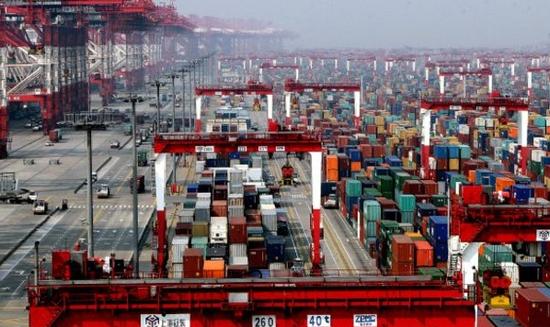
Sickness, unemployment and school closures would lead to the erosion of human capital and earning losses that last a lifetime. The closure of business enterprises and the disruption in firm-worker relationships could hurt productivity by leading to a loss of valuable intangible assets while the disruption of trade and global value chains could hurt productivity by leading to a less efficient allocation of resource across sectors and firms and dampening the diffusion of technology.
They recommended building capacity for smart containing include test, trade and isolate and prevent surges with more targeted and less economically disruptive measures. Fiscal reforms are also necessary to allow greater spending on relief without sacrificing public investment. Large fiscal deficits in EAP countries are projected to increase government debt on average by 7 percentage points of GDP this year.
“Widening the tax base constitutes an additional indirect risk for government finances. It added widening the tax base with more progressive taxation of income and profits with less wasteful spending on regressive energy subsidies, in some cases over 2 percent of GDP, could make recovery more inclusive and sustainable.
Over-reliance on the banking system as a conduit for extending support could also pose risks and while these policies may be necessary, credible commitments to transparency and to early restoration of financial discipline could help mitigate the risk of instability.
They also recommended devising strategies for smart schooling to protect students, staff, teachers and their families through sanitary protocols, social distance practices, student re-enrollment could prevent long-term losses of human capital, particularly among the poor.
They also recommended support for firms to prevent bankruptcies and unemployment based on objective criteria, not just to past performance or current pain but the potential to thrive in the future.
“Trade reforms are also in order, especially of still-protected sectors, including finance, transport and communications to encourage firm productivity, avert pressures to protect other sectors and equip people to take advantage of the digital opportunities whose emergence the pandemic is accelerating,” the World Bank statement added.
Should such conditions are left unattended, these consequences of the pandemic would reduce regional growth over the next decade by a percentage point per year.
“The poor will be disproportionately disempowered because of worse access to healthcare, education, jobs, and finance,” concluded the report.
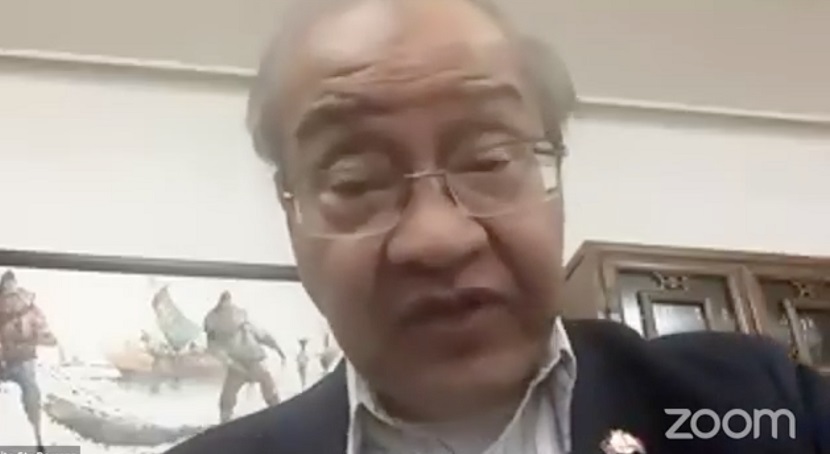
Philippine Ambassador to the PROC Jose Santiago "Chito" Sta. Romana. (Screen grab form PACS General Assembly)
In a related development, Philippine Ambassador to the People’s Republic of China Jose Santiago “Chito” Sta. Romana said indicators on the ground show the World Bank’s prediction of a V-shaped recovery is indeed happening.
Speaking at the Philippine Association for Chinese Studies (PACS) virtual General Assembly Saturday afternoon, the Philippine Ambassador who has been a resident of China since 1971 said this week, the airports, train stations and highways are filled to the brim because this is the “Golden Week” – a national holiday.
“One can see a boom in domestic tourism,” he said. He explained a couple of weeks ago, he and the Embassy staff represented the country in an international conference on trade and investment in Xiamen and the Beijing Airport was full of passengers with all seats taken.
“I wore a mask as I usually do in Beijing, but upon arrival in Xiamen, provincial officials told us we can remove our masks but no handshakes,” he added. However, a couple of days later, there was nobody wearing masks and handshakes became common, and people freely visited pavilions in the convention area which is comparable with the pre-COVID-19 era.
“From direct experience and my own eyewitness account, there is a boom in domestic tourism where restaurants are full of people as the service and hospitality sectors on the rebound,” Ambassador Sta. Romana noted. He explained the government first opened factories to further reinvigorate the manufacturing sector.
Ambassador Sta. Romana said what the World Bank said in its economic briefing about China will probably be the only major economy to post positive growth “is indeed happening” as the multilateral institution predicted a 2% growth this year.
“The prospect of a V-shaped recovery is happening here,” the Beijing-based envoy said.
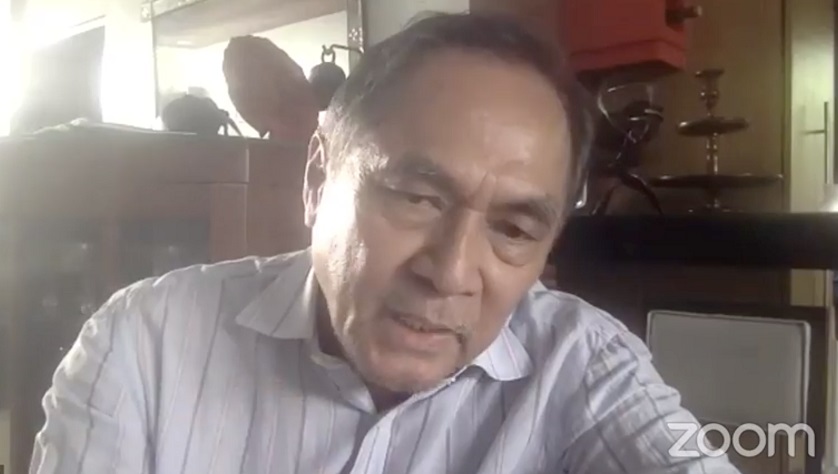
Former CNN/Time Beijing Bureau Chief Jaime FlorCruz. (Scren grab from PACS General Assembly)
In the same forum, former CNN/Time Beijing Bureau chief Jaime FlorCruz said they have seen China facing challenges from man-made to natural disasters and after all these, “we have seen China bounce back from difficult conditions.
“This is attributable to the strong leadership, from top-to-bottom coupled with strong political will which attracts following. They always manage to bounce back because of the Chinese people’s resilience and resourcefulness in difficult times like this of the COVID-19 pandemic,” he concluded.
Both Messrs. Sta. Romana and FlorCruz along with Ericson Baculinao have been residing in China since 1971 as college students who visited China. They later became bureau chiefs of ABC News, CNN/Time and NBC News, respectively.
(ASIA PACIFIC DAILY)
 简体中文
简体中文

